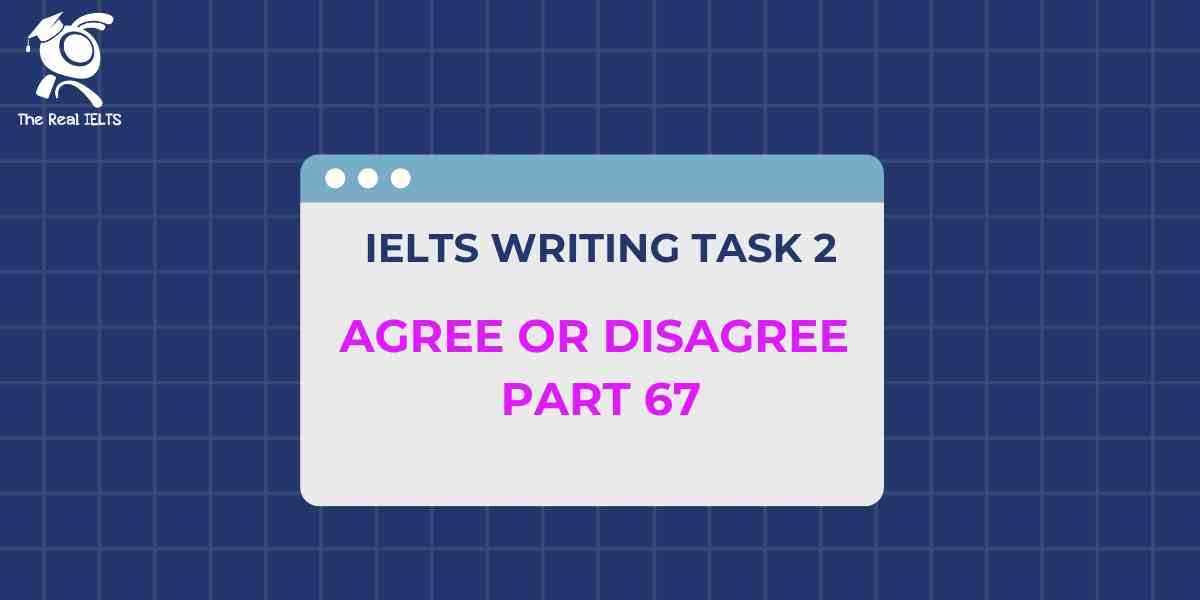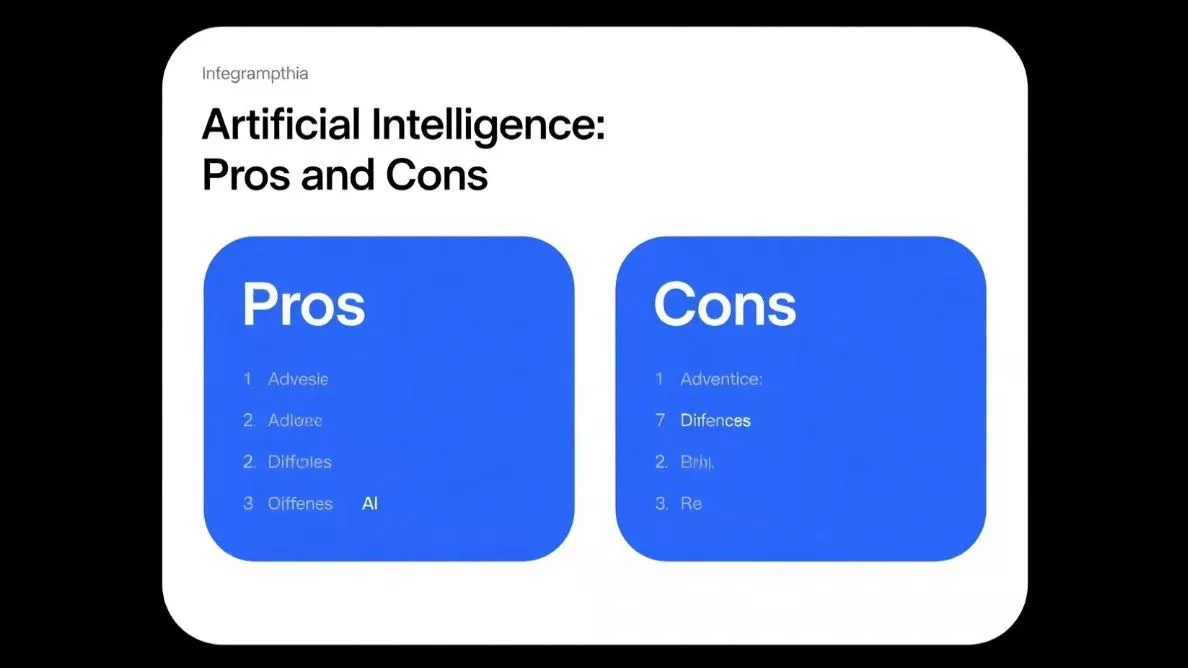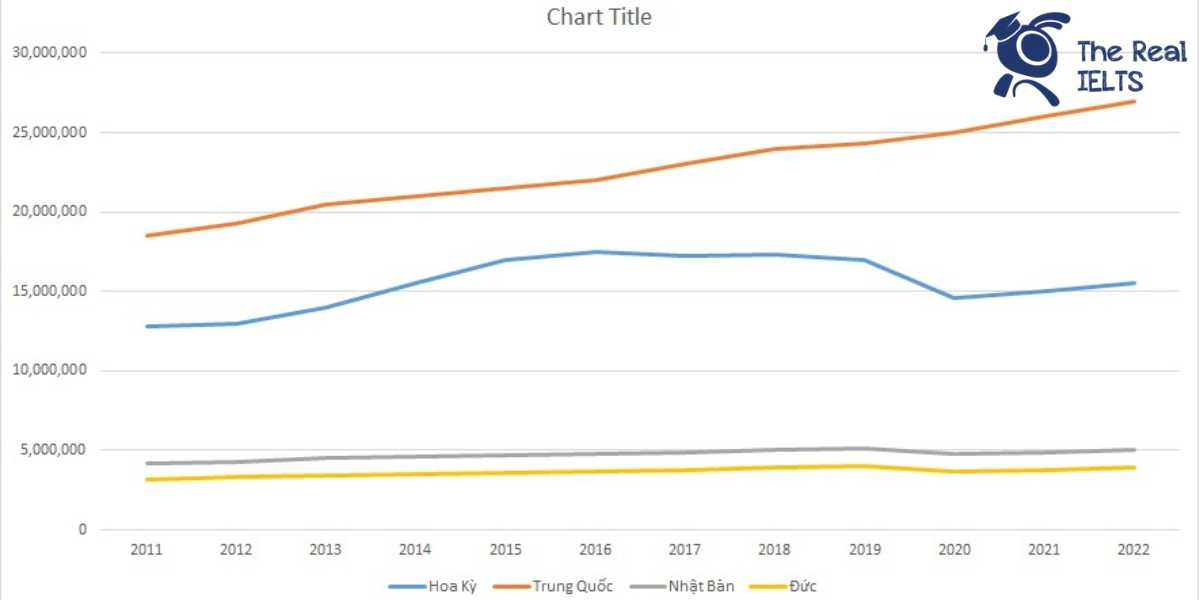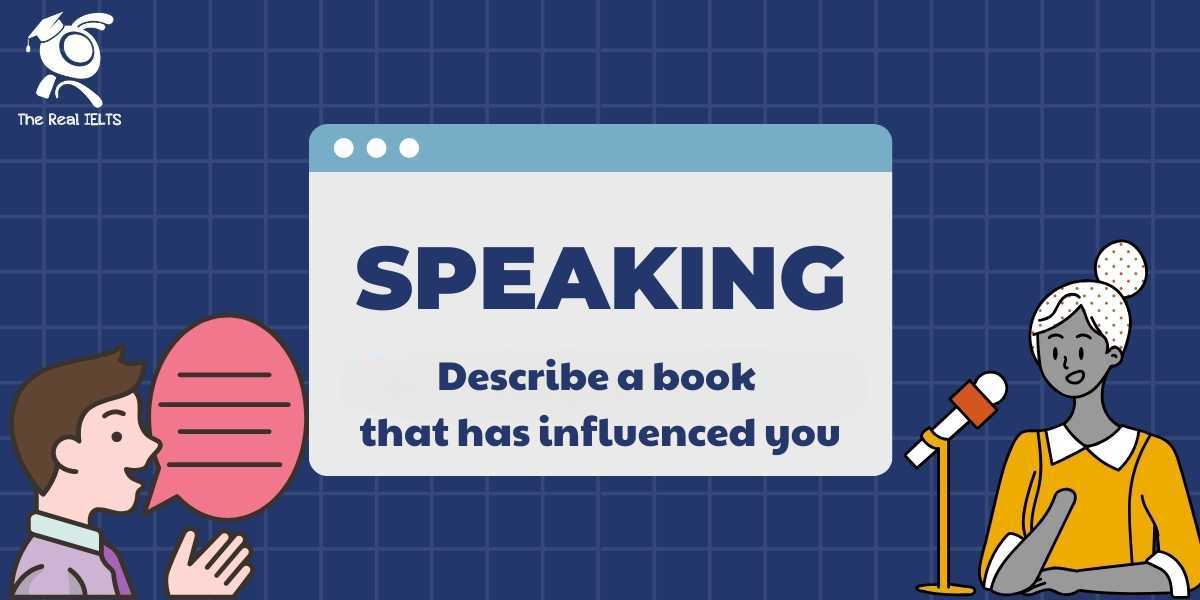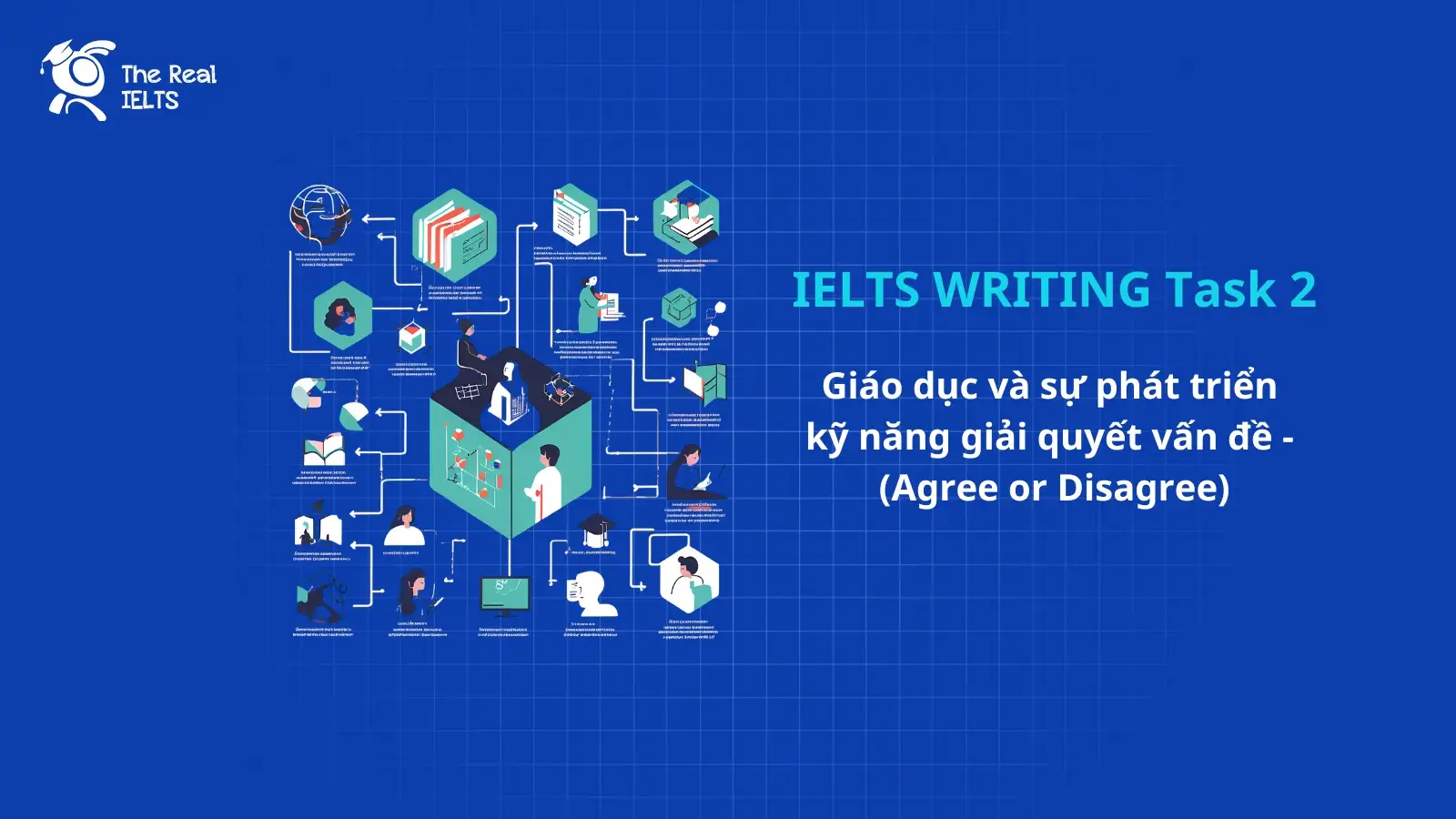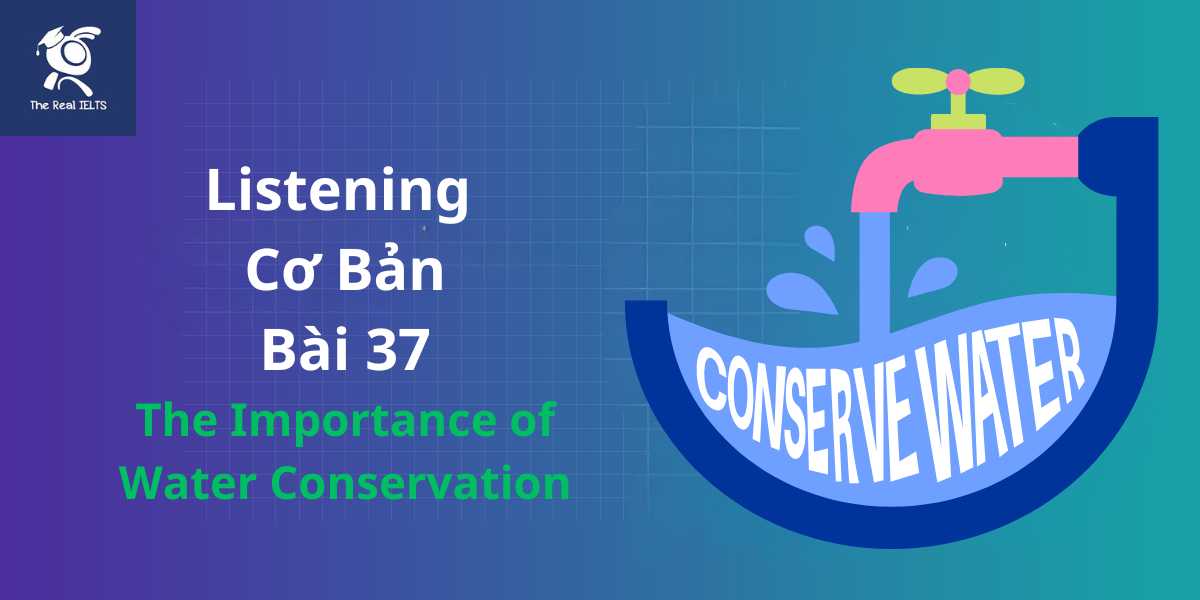Đề bài IELTS Writing Task 2 dạng Agree or Disagree Part 67:
You should spend about 40 minutes on this task
The use of drones should be strictly regulated. To what extent do you agree or disagree?
Write at least 250 words.
Giải mẫu IELTS Writing
Drones have become increasingly popular for various applications, ranging from recreational use to critical roles in industries such as agriculture, photography, and even delivery services. While the benefits of drones are undeniable, the question arises whether their use should be strictly regulated. In my opinion, there should indeed be strict regulations governing the use of drones, but the extent of these regulations should be carefully balanced to not stifle innovation and utility.
Firstly, strict regulations are necessary to ensure public safety and privacy. Drones, especially those equipped with cameras, pose significant privacy concerns. They can capture images and videos without consent, leading to potential invasions of privacy. Moreover, drones can cause accidents if not operated responsibly, especially in densely populated areas or near airports. For instance, a drone colliding with an aircraft could have catastrophic consequences. Thus, regulations should include restrictions on where drones can fly and require operators to have proper training and licenses.
However, overly strict regulations could hinder the positive uses of drones. For example, in agriculture, drones are used for monitoring crops and spraying pesticides, which can significantly increase efficiency and reduce costs. In emergency situations, drones can be deployed to deliver medical supplies to hard-to-reach areas or assess damage after natural disasters. Therefore, while safety and privacy concerns must be addressed, regulations should not be so restrictive that they prevent beneficial uses of drone technology.
In conclusion, while I agree that the use of drones should be strictly regulated, it is crucial that these regulations strike a balance between ensuring public safety and privacy and allowing the positive applications of drones to flourish. A regulatory framework that is too strict could stifle innovation and limit the potential benefits that drones can offer society. Thus, a balanced approach is necessary to maximize the advantages while minimizing the risks associated with drone use.
Cấu trúc ngữ pháp và cấu trúc câu
Cấu trúc câu và cấu trúc ngữ pháp
- Câu phức (Complex sentences):
- “While the benefits of drones are undeniable, the question arises whether their use should be strictly regulated.”
- “In my opinion, there should indeed be strict regulations governing the use of drones, but the extent of these regulations should be carefully balanced to not stifle innovation and utility.”
- “Moreover, drones can cause accidents if not operated responsibly, especially in densely populated areas or near airports.”
- “Therefore, while safety and privacy concerns must be addressed, regulations should not be so restrictive that they prevent beneficial uses of drone technology.”
- Câu ghép (Compound sentences):
- “Drones have become increasingly popular for various applications, ranging from recreational use to critical roles in industries such as agriculture, photography, and even delivery services.”
- “In agriculture, drones are used for monitoring crops and spraying pesticides, which can significantly increase efficiency and reduce costs.”
- Câu đơn (Simple sentences):
- “Drones have become increasingly popular for various applications.”
- “Drones can capture images and videos without consent.”
Cấu trúc ngữ pháp
- Thì hiện tại hoàn thành (Present Perfect Tense):
- “Drones have become increasingly popular…”
- Câu điều kiện loại 1 (First Conditional):
- “If not operated responsibly, drones can cause accidents…”
- Mệnh đề quan hệ (Relative Clauses):
- “Drones, especially those equipped with cameras, pose significant privacy concerns.”
- “A regulatory framework that is too strict could stifle innovation and limit the potential benefits…”
- Cụm từ chỉ mục đích (Purpose clauses):
- “…regulations should be carefully balanced to not stifle innovation and utility.”
Từ kết nối (Linking Words)
- Chỉ quan hệ tương phản:
- “While” (While the benefits of drones are undeniable…)
- “However” (However, overly strict regulations could hinder…)
- “But” (In my opinion, there should indeed be strict regulations… but the extent of these regulations…)
- Chỉ quan hệ bổ sung:
- “Moreover” (Moreover, drones can cause accidents…)
- “For example” (For example, in agriculture, drones are used…)
- Chỉ quan hệ nguyên nhân-kết quả:
- “Thus” (Thus, regulations should include restrictions…)
- “Therefore” (Therefore, while safety and privacy concerns must be addressed…)
- Chỉ mục đích:
- “To” (regulations should be carefully balanced to not stifle innovation and utility.)
- Chỉ điều kiện:
- “If” (if not operated responsibly…)
Các từ vựng tiếng Anh cần lưu ý trong bài viết
- Drones – Máy bay không người lái
- Regulations – Quy định
- Recreational – Giải trí
- Industries – Các ngành công nghiệp
- Applications – Ứng dụng
- Strictly – Nghiêm ngặt
- Public safety – An toàn công cộng
- Privacy – Quyền riêng tư
- Concerns – Mối lo ngại
- Consent – Sự đồng ý
- Accidents – Tai nạn
- Populated areas – Khu vực đông dân cư
- Airports – Sân bay
- Catastrophic – Thảm khốc
- Consequences – Hậu quả
- Restrictions – Hạn chế
- Operators – Người vận hành
- Training – Đào tạo
- Licenses – Giấy phép
- Hinder – Cản trở
- Efficiency – Hiệu quả
- Emergency situations – Tình huống khẩn cấp
- Assess – Đánh giá
- Damage – Thiệt hại
- Natural disasters – Thiên tai
- Framework – Khung pháp lý
- Stifle – Ngăn cản
- Innovation – Sự đổi mới
- Potential benefits – Lợi ích tiềm năng
- Balanced approach – Cách tiếp cận cân bằng
- Maximize – Tối đa hóa
- Risks – Rủi ro
Đọc thêm các bài Luyện Thi IELTS khác trong link nhé.


